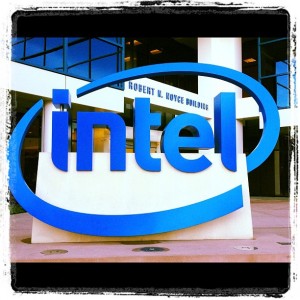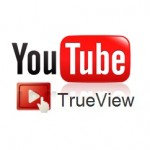Article first written for and published as Intel’s Social Status Update: Make Conversations, Not Ads on Technorati.

Social Media for Big Business
Intel launched its marketing campaigns with a bang this year, showing off a number of interesting 2+ GHz Ultrabook laptops with Intel processors at CES. Going head to head with Apple, they talked a whole lot about how their chip technology can do much more than Mac solutions. But Intel’s marketing is not just about hardware, chips and engineering–“experience” is the new focus.
“People don’t buy processors…they buy experiences,” said David Veneski U.S. Media Director, at Intel Corporation, speaking at this week’s Signal Conference in San Francisco. And the company appears to be embracing this. “You need to turn a moment into a momentum, and a momentum into a movement,” Veneski said. Projects like Intel’s Museum of Me use social media to encourage users to create a “visual archive of your social life.”
Similarly, the company’s latest campaign, “Intel Ultrabook Temptations” is an interactive social experiment to measure to what extent people will go to get their hands on the product. This is very much a hardware-to-social experiment that encourages users to jump around on a custom-built measurement device to generate their “excitement” rating. The event is captured on video and shared socially as the feature on Intel’s YouTube page, a website that now boasts 30,000 subscribers and 31million views.
“The focus has shifted from being iconic to posting a status update,” said Veneski. This makes Intel more humanized and relatable to the consumer. Getting beyond the blue icon, and embracing social media, the company is highlighting itself as a key element in what drives our day-to-day experiences. Intel’s products drive the technology we use to enjoy much of it, and those experiences are what we like to capture, talk about, and share.
Encouraging this new-found incorporation of social media for business, Veneski threw out a challenge: “If more brands were willing to take risks, media and marketing as a whole would be more interesting.”
David Veneski’s full presentation can be found on SlideShare.


